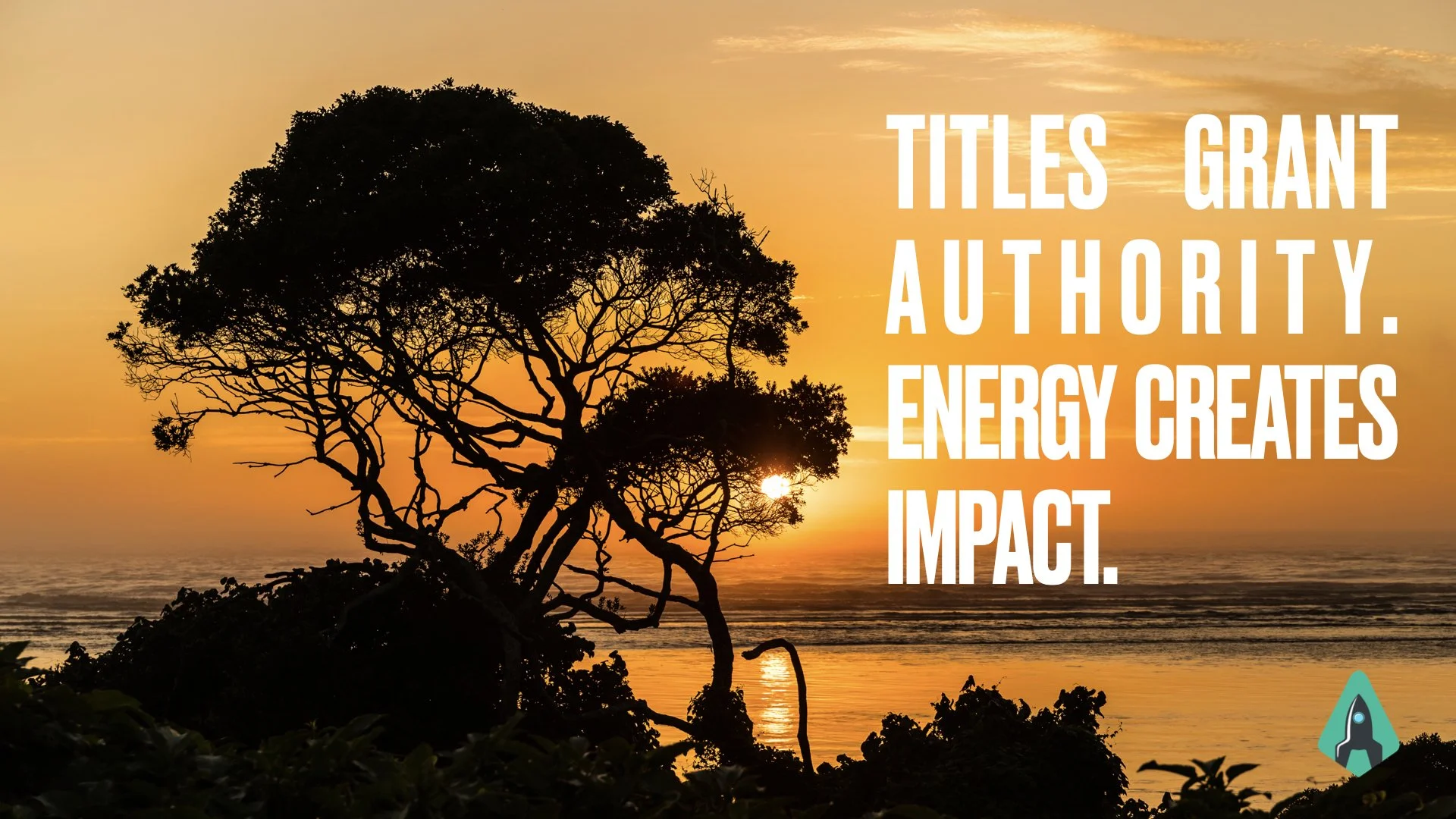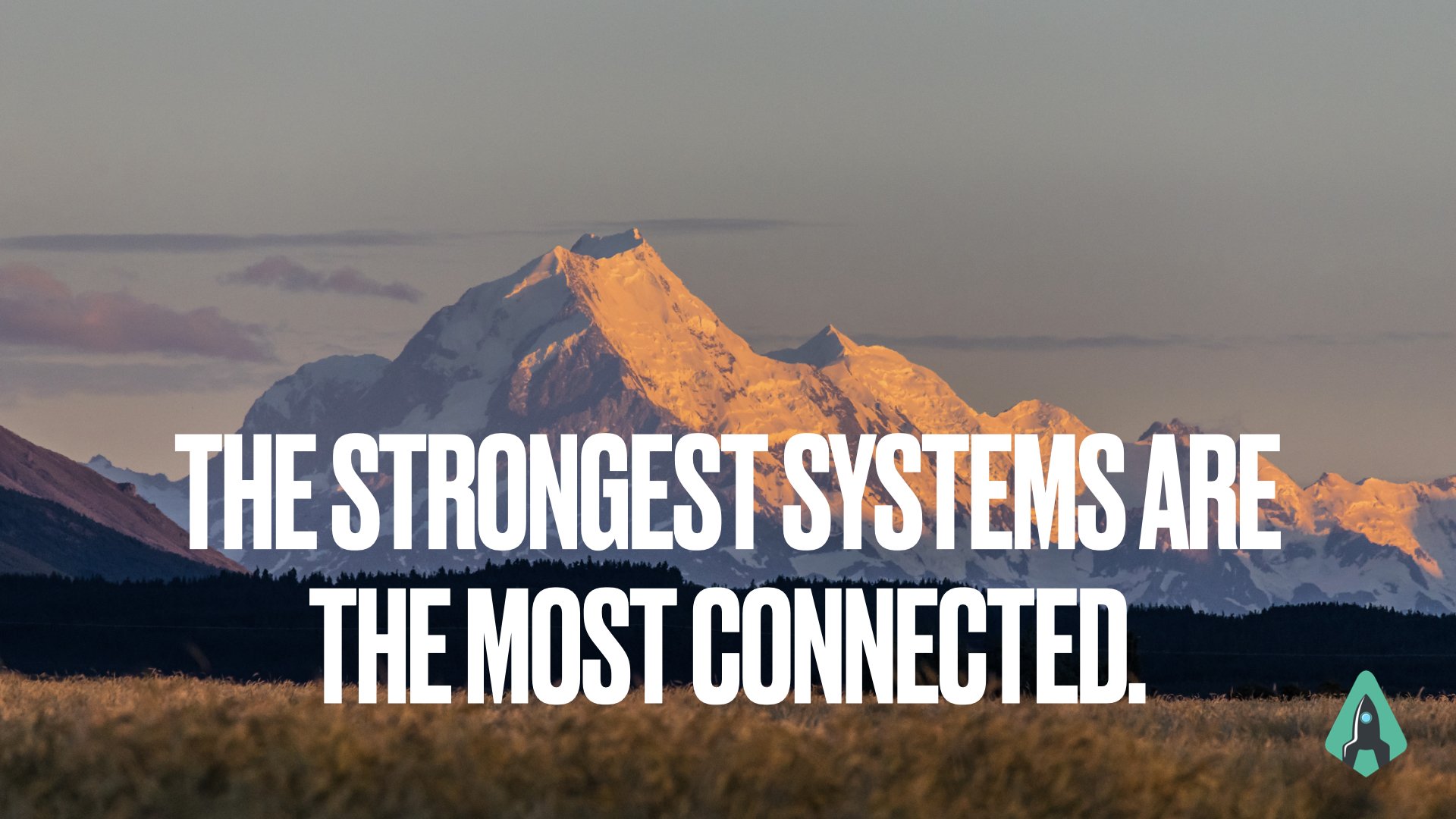
Ignition | Where ideas ignite, fueling inspiration, leadership & transformation

When Pressure Rises, Thinking Shrinks
When pressure rises, organisations often tighten control — and performance may improve briefly. But neuroscience shows that sustained pressure reduces the brain’s capacity for judgement, creativity, and learning. This article explores why protecting thinking, not increasing pressure, is becoming a critical leadership skill.

Heart-Aligned Leadership: Why Leadership Leaves a Biological Footprint
Leadership doesn’t just influence culture — it influences the body. Research on heart-aligned leadership shows that stress, lack of recognition, and unfairness can trigger real physiological reactions, affecting cardiovascular health. The HEART model closely mirrors Seligman’s PERMA framework, revealing that what supports psychological flourishing also protects the heart.
Healthy leadership isn’t soft — it’s biologically intelligent.

The Two Circles That Quietly Shape Our Work: Stephen Covey’s Timeless Insight Through a Modern Lens
We spend our days moving between two invisible circles: the Circle of Concern and the Circle of Influence. One drains energy. The other builds momentum. The difference lies in where we focus. Shift your focus — and feed your Circle of Influence, not your Circle of Concern.
In this article, we explore how Stephen Covey’s timeless concept aligns with modern psychology, leadership research, and team dynamics — and how small, intentional actions can transform the way individuals, teams, and leaders show up at work every day.

Leadership Isn’t a Title — It’s an Energy
The most influential people in organizations aren’t always those with titles — they’re the ones who create energy, trust, and momentum around them.
Based on the research of Kim Cameron (University of Michigan), this article explores how positive relational energy — the ability to uplift and inspire others — predicts performance far better than hierarchy or authority.
Real leadership isn’t about control.
It’s about the energy you bring — and the energy you leave behind.

Leadership Isn’t About Being Available 24/7 — It’s About Building Systems That Work Without You
We often glorify the always-on leader — the one who holds everything together.
But if your team can’t move without you, you’re not leading — you’re the bottleneck.
Constant availability isn’t a strength; it’s a symptom of unclear boundaries and missing structures.
Sustainable leadership means replacing dependency with design.
True leadership isn’t about being everywhere.
It’s about building systems that breathe, decide, and move forward — even when you step back.

Focus. Flow. Breath. Stillness.
We often chase productivity by doing more — more meetings, more speed, more output. But performance isn’t about motion; it’s about rhythm.
In this article, explore how focus, flow, and the science of deep breathing can transform not just how we work, but how we lead.
Because in the end, resilience isn’t built in crisis — it’s built in the breath, focus, and stillness before it.

The Skills That Never Expire: Why Foundational Strengths Outlast Technology
In a world where the half-life of technical skills keeps shrinking, one truth stands out: what endures aren’t tools or technologies, but the foundational skills that help people and organizations adapt, learn, and connect.
Collaboration, communication, and problem-solving are no longer “soft” skills — they’re survival skills. They form the human infrastructure that keeps teams resilient as industries transform and expertise ages.

Positive Leadership: How Small, Consistent Actions Build Strong Cultures
Positive Leadership isn’t about grand gestures or motivational speeches — it’s about the quiet, consistent actions that build trust, meaning, and connection every day.
Culture doesn’t grow in peak moments; it grows in the rhythm between them.
This article explores how leaders can translate values into daily behavior using the PERMA model — turning consistency into culture.

Culture: The Hardest Nut to Crack in Leadership
Culture isn’t something you can decide — it’s something that emerges.
It forms through the everyday choices, habits, and conversations that people repeat until they become “the way we do things here.”
That’s also what makes culture so powerful — and so hard to change.
You can’t shift it through slogans or value statements. You can only influence it indirectly — through what leaders notice, reward, and allow.
Because in the end, culture doesn’t change through words.
It changes through attention.

Identity Leadership: Creating a Strong Sense of "We" in Teams
In today’s world of hybrid work and constant change, strong teams aren’t defined by tools or processes — but by a shared sense of identity.
When people feel they belong, they collaborate more, trust more, and stay resilient. Identity Leadership is about creating this “we-feeling” and turning groups into connected, high-performing teams.
